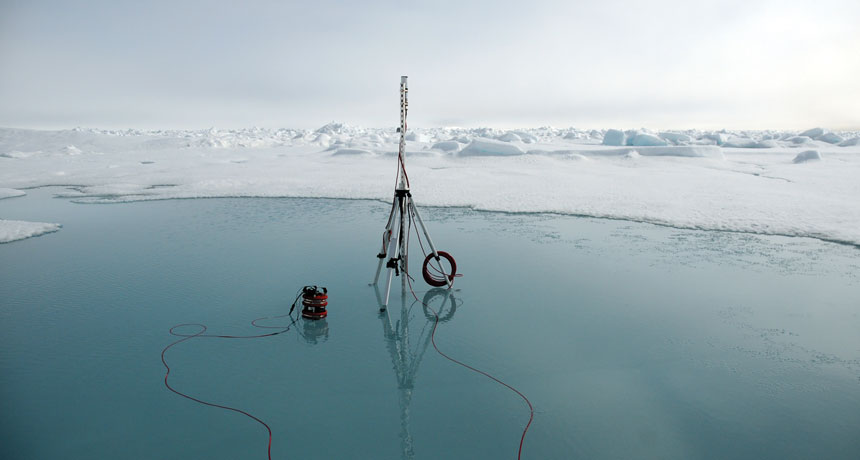Questions for ‘Disappearing sea ice could disrupt Arctic’s food web’

Cameras set up in the Arctic’s Chukchi and Bering seas (one shown) record the amount of light that reaches water through the ice. More light means more algal blooms.
K. Frey/Clark University